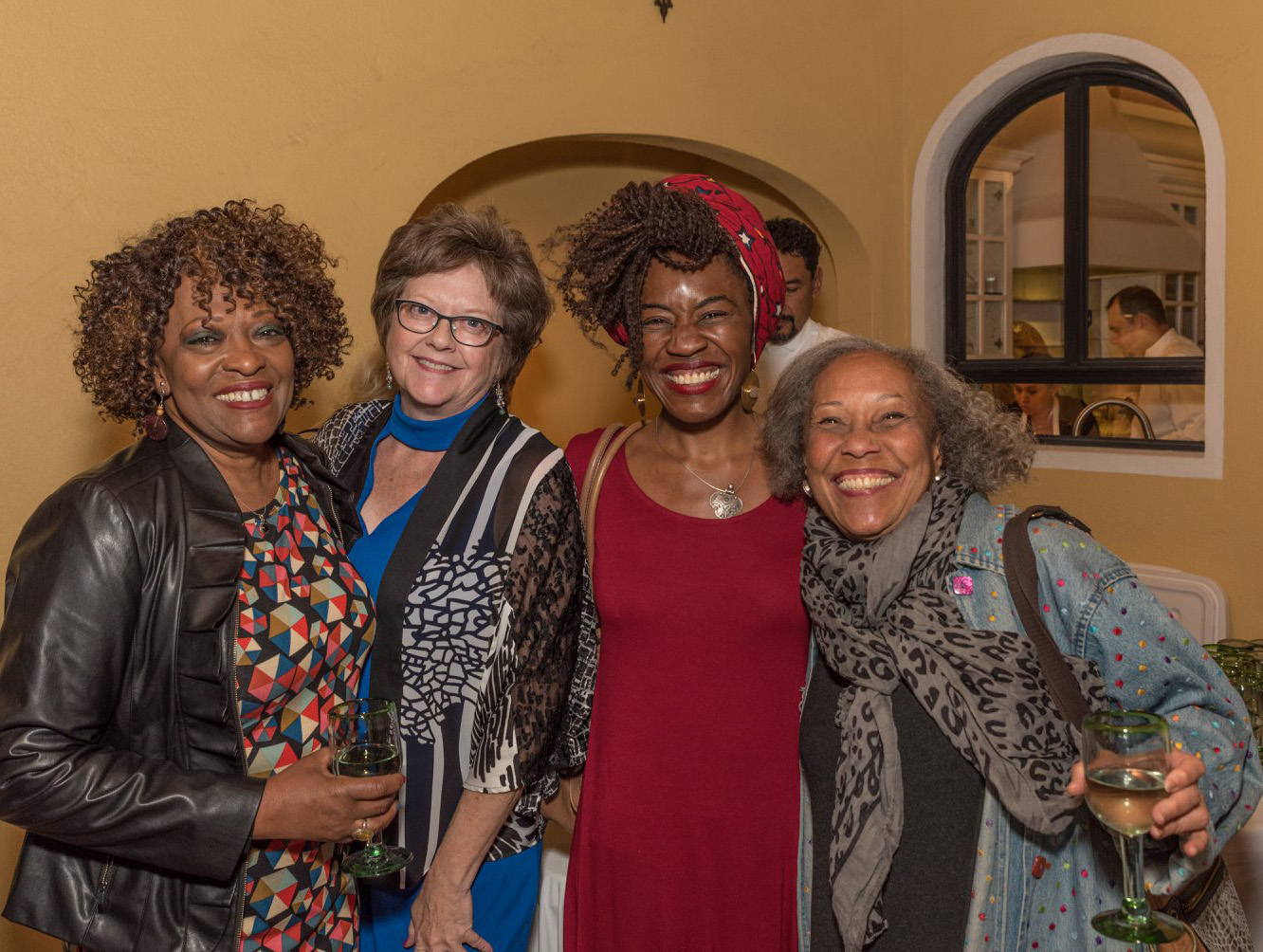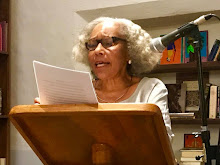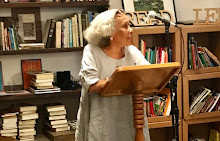Thanksgiving dinner didn’t get off to a good start. I left my pocketbook in the taxi on my way to a potluck for ten at Patty’s house. Generally, I’m not careless but had lots of packages. I grabbed the kale and mustard greens but left my purse. I didn’t have much money, only about 150 pesos, around 12 bucks, and no credit cards. I stopped carrying cards more than two years ago when purse snatchings became more frequent after tourist left and the economy floundered. I stood outside for about 20 minutes; hoping the cab driver would return with my bag, take pity on a gringa with less than $20. When he didn’t return, I adjusted my attitude with champagne and smoke and decided to enjoy the day.
As a child I loved Christmas but after I turned 30 my most vivid holiday memories were of Thanksgiving Day. The first time I cooked, the food was great but everything else went wrong. I was buying my first house—scheduled to close on November 10th—and had invited 15 people to dinner. But the title report was late, the sale delayed and I had to stuff my guest into my apartment on Convent. Then a couple of weeks later, I found out that a friend’s son spent the evening talking on my phone to his girl friend in California when I got a humongous phone bill that his father didn’t make him pay.
My favorite Thanksgiving was at my Harlem brownstone, years later. That year my friend Van and I cooked dinner for more than 20. We had multiple tables and Aunt Sis, my mother’s oldest sister, and her husband, Eddie, were seated in different rooms. My Aunt, who was at least 85, flirted scandalously. I can still visualize bantering with the young men—batting her eyes, throwing her head back when she laughed, lowering her gaze. Periodically she’d remember that she’d come with a date and call over her shoulder to me, “Cynthia, go check on Eddie.”
I’d never done potluck for Thanksgiving. When everyone brings a dish the food can run the gamut from wonderful to horrendous. And this meal, in my family, was supposed to be perfection. No one would take chances with its deliciousness quotient. Whoever hosted, did the cooking. I climbed the stairs to join the others on the roof with no expectations about the meal but knew I would enjoy the company. San Miguel is beautiful and it has almost perfect weather, but I think what draws foreigners to live in this community is how easy it is it to make community. We were a mixed group, people whose paths might not have crossed in the States—four from California, two from New Yorkers, a couple who aren’t in Kansas any more, and two Oakes—people who’d found commonality within our vastly different life experiences. I put my lost purse behind me, and went up to the terrace to enjoy the day. The weather was perfect, mid-70s, and the views from Patty’s patio spectacular. Iven had ornamented the table with gold to rust, fall-colored roses. We ate outside, something you could never do this time of year in New York. And the food was fabulous. Because I wouldn’t have access to leftovers, I ate way too much. Got seconds of Jim’s brussels sprouts, a veggie I’d never liked before.
I didn’t think about my purse again until, one of the Californians, Brady dropped me off at my house. I didn’t think anything in my pocketbook included my local address but my keys had been inside. I could be coming home to a ransacked house. They could have stolen my computer. I had a high anxiety moment opening the door but everything was fine, just like I’d left it.
I didn’t get the purse back. I didn’t lose much money or any credit cards but my bag was filled with little things that will be expensive to replace. I listed them in order of importance—necessities, glasses, FM3, driver’s license, INAPAM card; wants, digital camera; and indulgences—the largest number fell into the latter category because to my fetish for chic leather accessories and exquisite pens. In this economy I can’t afford to replace the luxuries. I could moan about that but instead will be thankful for years when I could. This won’t last forever but if it does, I realized years ago that I enjoy life when money is plentiful and when it’s scarce.



